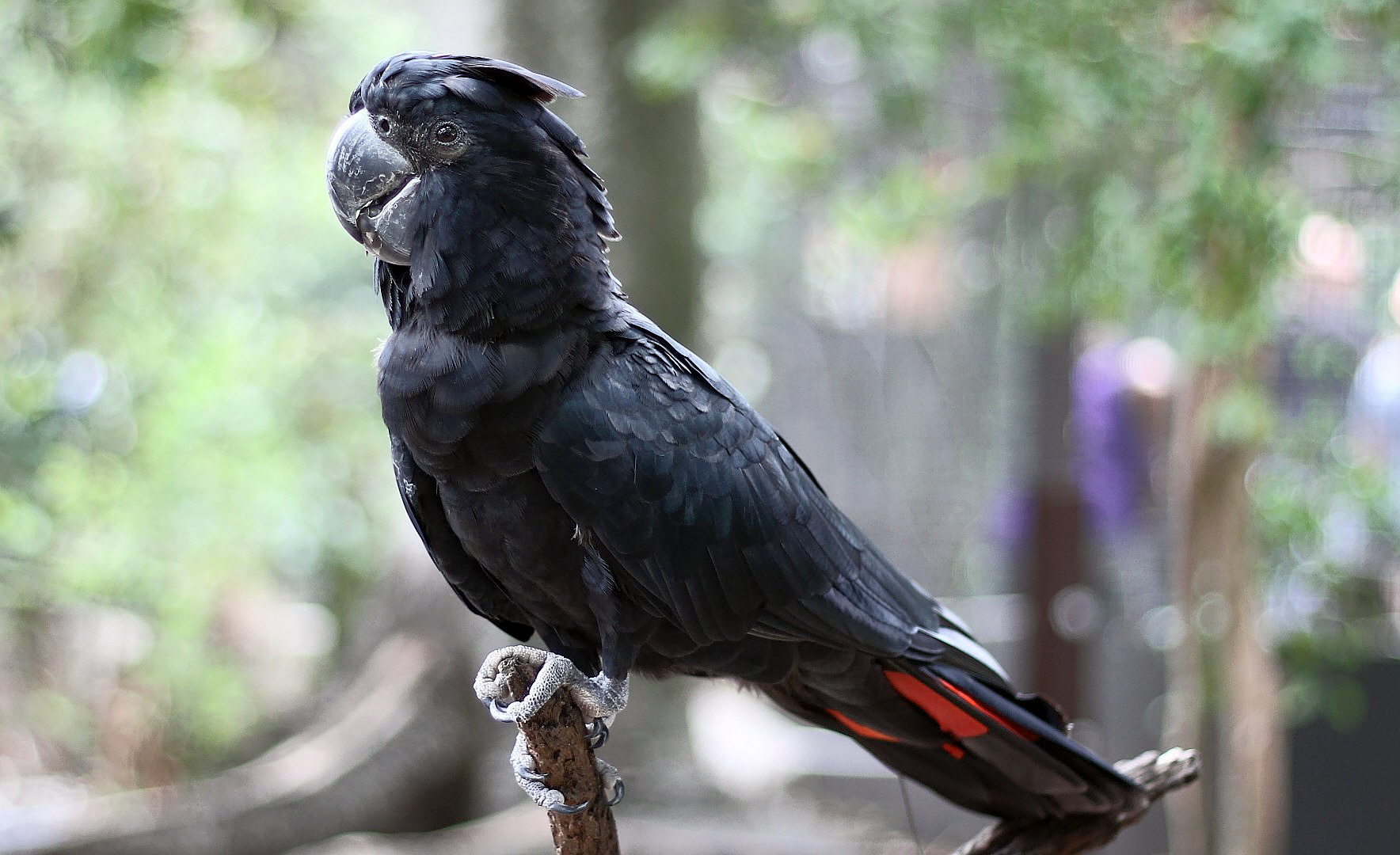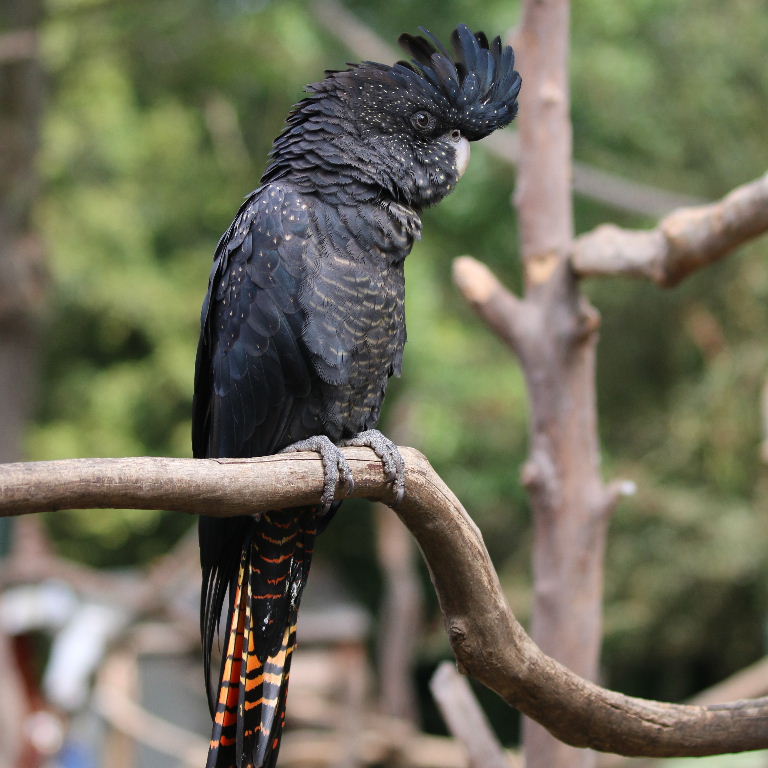

Female and juvenile have pale yellow bearing on lateral tail feathers, no orange. They live in north-eastern Australia.Ĭ.b.macrorhynchus: male has broader and heavier bill. Female and juvenile have orange-yellow barring in centre of lateral tail feathers.

We can find two major groups where each female shows differences in plumage.Ĭ.b.banksii: male has red band across lateral tail feathers. There are five subspecies with different sizes.
COCKATOO RED FREE
Wikipedia (Wikipedia, The Free Encyclopedia) Forshaw – Princeton University Press – ISBN 0691092516 PARROTS OF THE WORLD – An Identification Guide – by Joseph M. HANDBOOK OF THE BIRDS OF THE WORLD volume 4 by Josep del Hoyo, Andrew Elliot and Jordi Sargatal – LYNX EDICION – ISBN 8487334229 Red-tailed Black cockatoo is named in honour of the scientist Sir James Banks. The National Recovery Plan for the Red-tailed Black Cockatoo wishes to maintain feeding and nesting areas and protection against nest predators, in order to protect species and subspecies. They are the most often seen in captivity. These birds have also been the subject of illegal trade. Their range is fragmented and threatened by deforestation. Red-tailed Black Cockatoo is widespread in drier parts of Australia, but subspecies “graptogyne” and “naso” are endangered because their numbers are low, geographic range is small and isolated, and their diet is specialized.

It can feed in tree canopy and on the ground. Red-tailed Black Cockatoo feeds mainly on seeds, but it also consumes fruits, nuts, flowers, bulbs and insects. It may fledge at 100 days of age, and it got the adult size. Young depends on its parents for about 3 months for food. This one, as other black cockatoo chicks, is covered with fairly long yellow down. Incubation lasts about 28 to 30 days, by female alone.


 0 kommentar(er)
0 kommentar(er)
